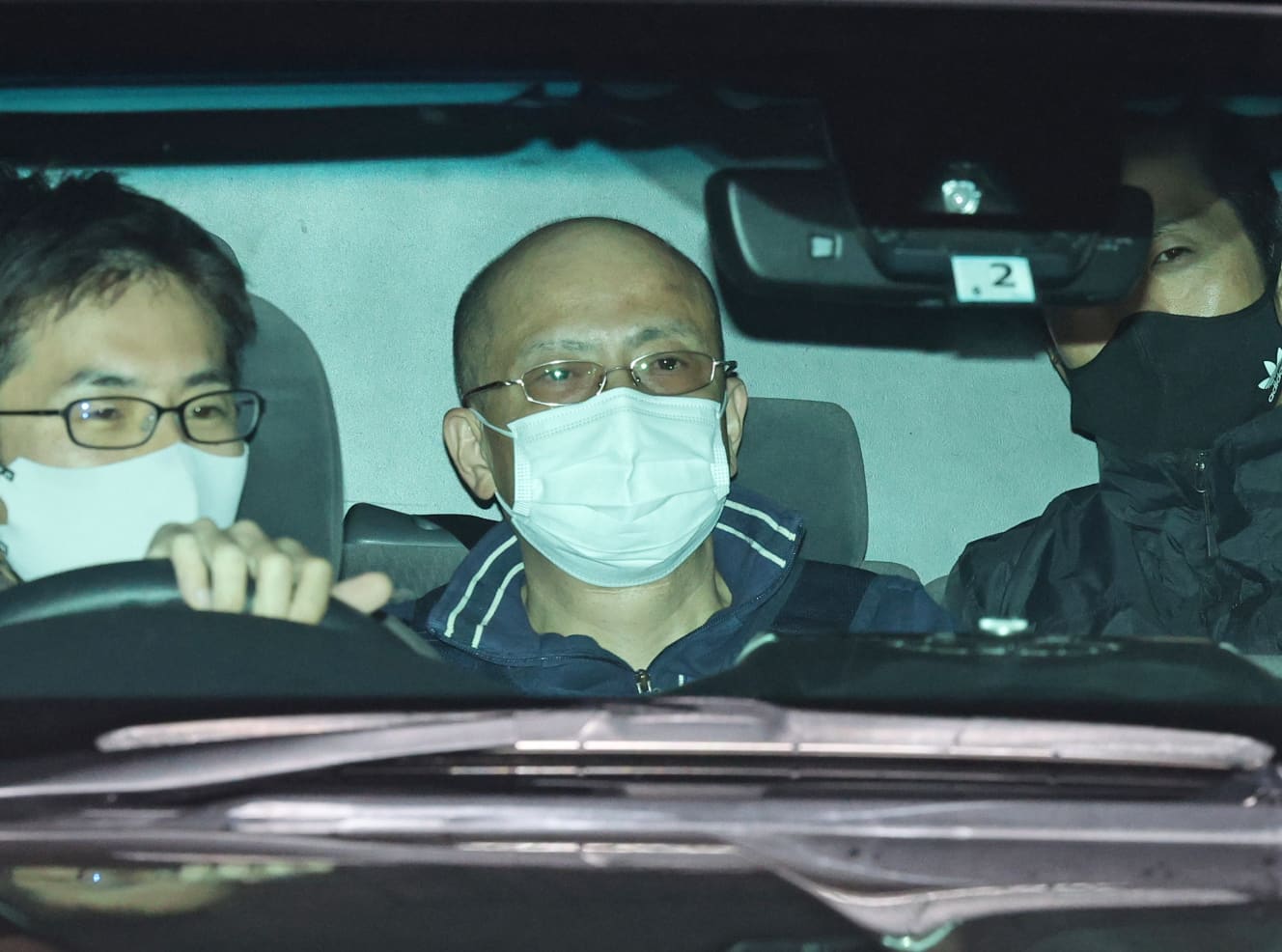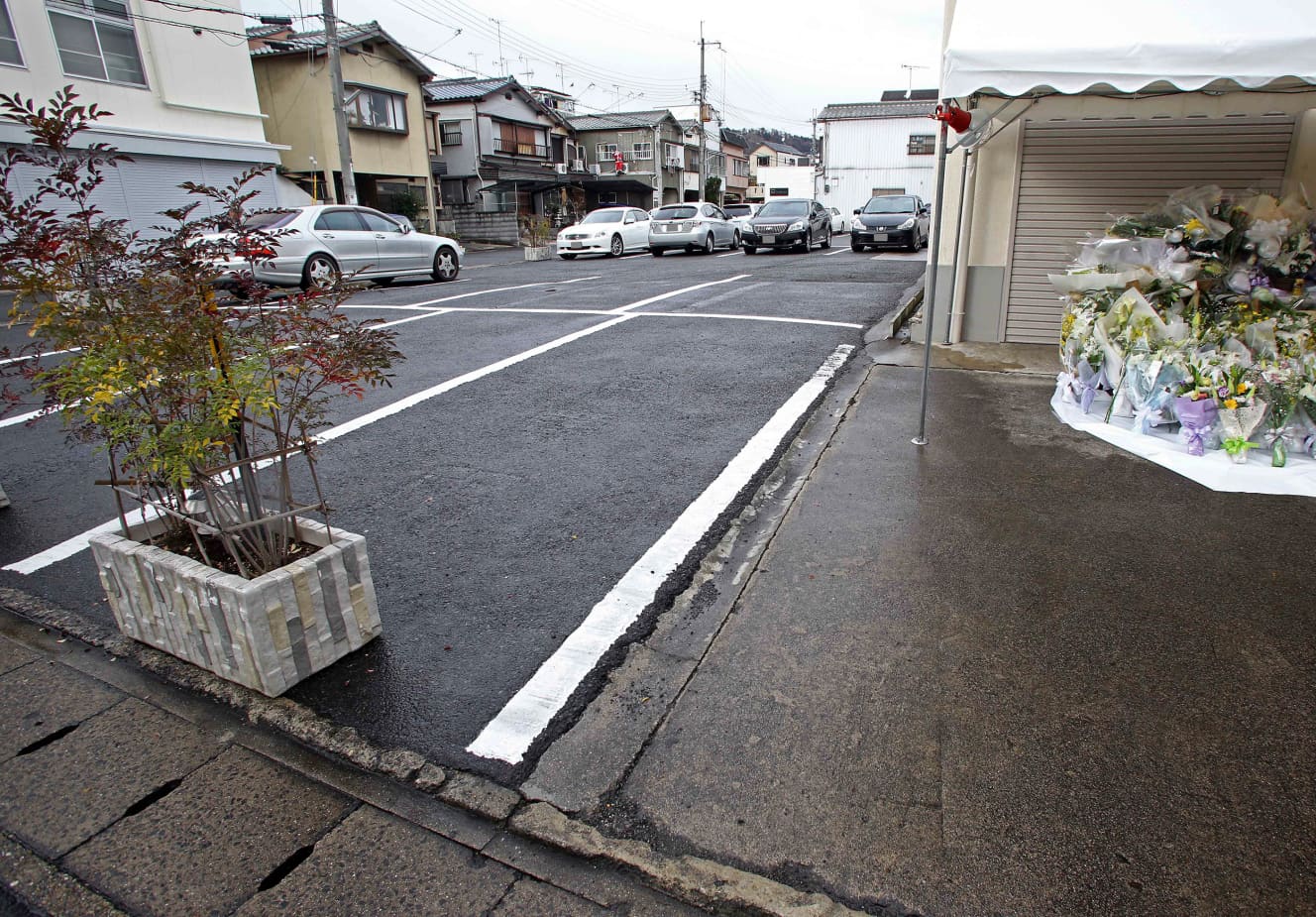Ten years have passed since the shooting death of the president of “Gyoza no Ousho”… The unique career of a “company employee-turned-boryokudan executive” who was a skilled hitman of the Kudo-kai group.

On December 19, 10 years have passed since the mysterious incident occurred.
On the same day in 2001, the president of “Ohsho Food Service” (hereinafter referred to as “Ohsho,” including its predecessor company), which operates “Gyoza no Ohsho,” was shot and killed. (hereinafter referred to as “Osho,” including its predecessor company), was shot and killed shortly after getting out of his car in the parking lot in front of the company’s headquarters. There were no witnesses, and the investigation was difficult. The police carefully examined DNA on cigarette butts left at the scene and security camera footage, and finally arrested Yukio Tanaka, 57, a senior member of the Kudo-kai, a designated dangerous crime syndicate, in October 2010.
However, there are still many unclear points, such as the relationship between Tanaka and Daito and whether he had a directing officer.
FRIDAY Digital” reported the background and details of the case in an article distributed on October 31, 2010, immediately after Tanaka’s arrest. We would like to reproduce the article and look back on the special circumstances of “Ohsho” at that time and Tanaka’s unique career as a gang leader (some parts of the article have been corrected).
The Man Called “The Don
Interest-bearing debt of more than 45 billion yen.
When Mr. Daito became the fourth president of “Ohsho” in April 2000, he was confronted with a massive debt.
The founder, Asao Kato (deceased), opened the first restaurant in Shijo-Omiya, Kyoto, in December 1967. It was about 10 years later, around 1977, that a dark cloud began to hang over the business. Mr. Kato met Mr. A, a business group executive also from Fukuoka Prefecture, whose brother was known as the “don” of a certain organization and who himself was well known in the political and business world. In the process of growing “Ohsho” into a nationwide chain, Mr. Kato relied on Mr. A for trouble-shooting and building approval procedures.
When Mr. Kato passed away in June 1993, Mr. A attended the company funeral as a representative of his friends. Mr. Kato’s eldest son, who became the third head of the company after serving as a hired president, and his second son, who was a senior managing director, further deepened their relationship with Mr. A. Mr. A’s illegal transactions with the corporate group amounted to 26 billion yen, of which approximately 17 billion yen had become unrecoverable.
Osho’s ties to Mr. A are strong.

According to the report of the third-party committee released in March ’16, “Ohsho” had purchased the following real estate one after another from Mr. A’s corporate group.
Land in Hawaii: approximately 1.82 billion yen
A building in Chuo-ku, Fukuoka City: approximately 1.237 billion yen
A building in Gion, Kyoto: approximately 530 million yen.
All of these amounts are far from the fair market value. The real estate purchased by “Ohsho” was bought back by Mr. A’s corporate group at about one-third the price. The management of Osho deteriorated rapidly.
Deepening Conflict with the Founding Family
In April 2000, Mr. Daito, whose sister is the wife of the founder, Mr. Kato, became the fourth president of Osho in an effort to revive the company. Kato’s eldest and second sons resigned to take responsibility. Mr. Daito, who was “determined to get all of his guts out,” took it upon himself to negotiate with Mr. A. “However, it was difficult to establish a relationship with Mr. A,” he said.
However, it seems that he was unable to break off the relationship with Mr. A. Mr. Daito, who was increasingly at odds with the founding family, turned to Mr. A as a negotiator. Mr. Daito was aiming to list Osho on the First Section of the Tokyo Stock Exchange, but he gave up the idea in November 2012, just before the application was filed, due to concerns over the circumstances.
It was not until September 2001 that Mr. Daito presented the draft of his report on inappropriate transactions at an extraordinary meeting of the board of directors. The report was completed in November of the same year, but was not disclosed to the public due to various protests. It was one month later that Daito was shot and killed by an unknown assailant.
Mr. Daito had made it a routine to clean the area around the headquarters early in the morning before the employees arrived at the office, spraying water on the ground in his boots. It seems that this was the target of the attacker. The incident occurred early in the morning before 6:00 am. There were no witnesses or anyone who heard the gunshots, making the investigation difficult.
The suspect was arrested on October 28, 2010, based on DNA found on a cigarette butt that had fallen on the street near the crime scene. Eight years and 10 months had passed since the incident occurred.

Arrested on suspicion of murder and violation of the Firearms Control Law was Tanaka, a senior member of an organization affiliated with the designated dangerous gang Kudo-kai, who was serving time for another shooting incident. Kudo-kai is based in Fukuoka Prefecture, the same prefecture where Mr. A was born. Tanaka’s “true face” was unique for a gangster.
He dropped out of a university in Tokyo and worked for a travel agency as a company employee. He worked mainly in the Kansai region. After that, he was introduced to a Kudo-kai affiliated organization and became a member, which is a unique career for a gangster. Tanaka belonged to a Kudo-kai affiliated organization and held a core post as an executive.
Tanaka must have been a very good hitman. The weapon used was a .25 caliber automatic pistol, but it was palm-sized and had low killing power. You have to be quite skilled to use it. He was usually taciturn and seemed to be willing to do any kind of work.
Tanaka’s motive for committing the crime is still unknown. The Kyoto Prefectural Police are investigating, believing that Tanaka did not act alone, but that there was someone behind the scenes directing him.

Photographed by: Yutaka Asai, Satoshi Taniguchi, Kyodo News, Jiji Press